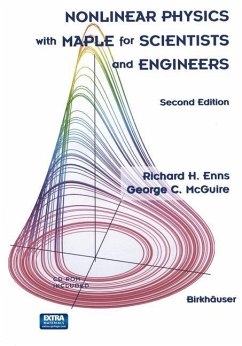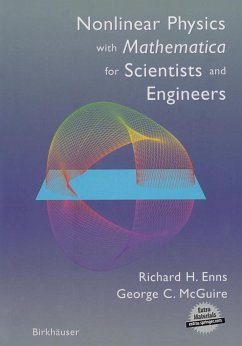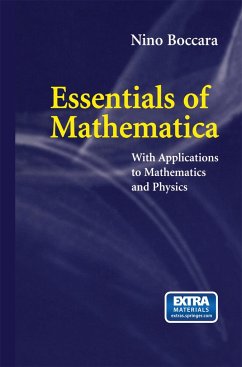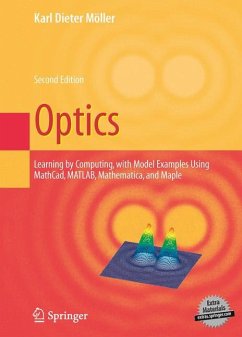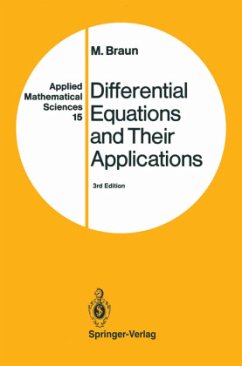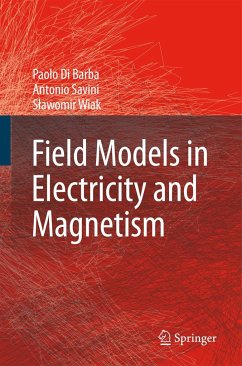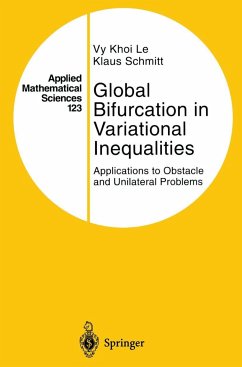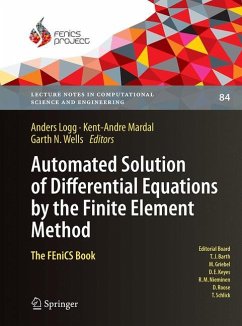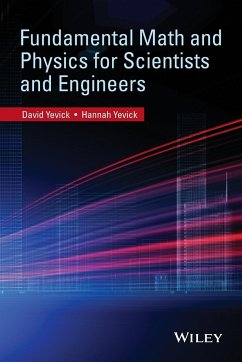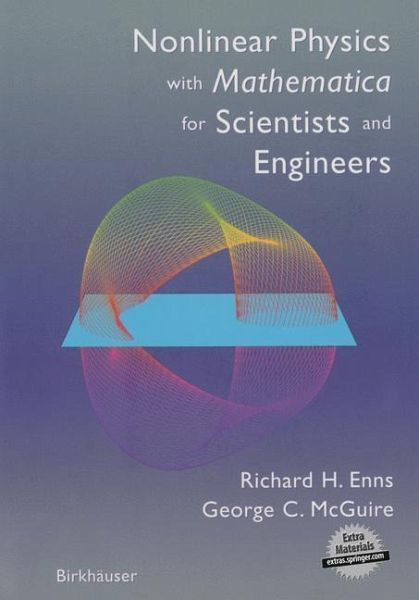
Nonlinear Physics with Mathematica for Scientists and Engineers
Versandkostenfrei!
Versandfertig in 6-10 Tagen
39,99 €
inkl. MwSt.
Weitere Ausgaben:

PAYBACK Punkte
20 °P sammeln!
Nonlinear physics continues to be an area of dynamic modern research, with applications to physics, engineering, chemistry, mathematics, computer science, biology, medicine and economics. In this text extensive use is made of the Mathematica computer algebra system. No prior knowledge of Mathematica or programming is assumed. This book includes 33 experimental activities that are designed to deepen and broaden the reader's understanding of nonlinear physics. These activities are correlated with Part I, the theoretical framework of the text.



